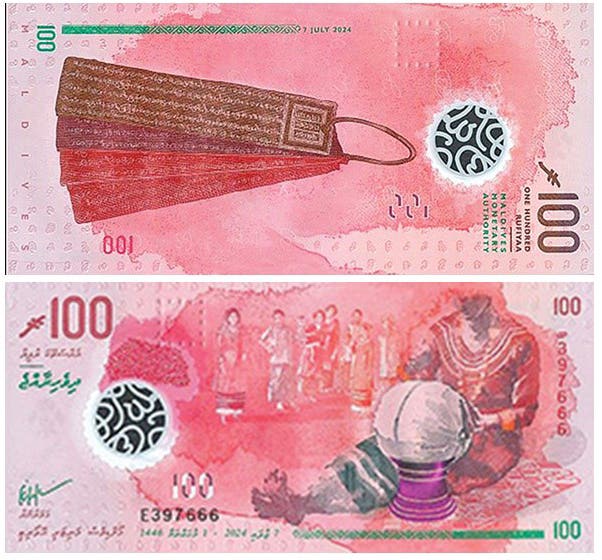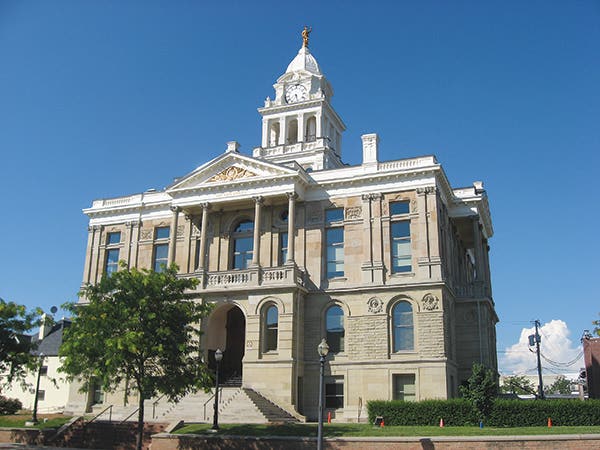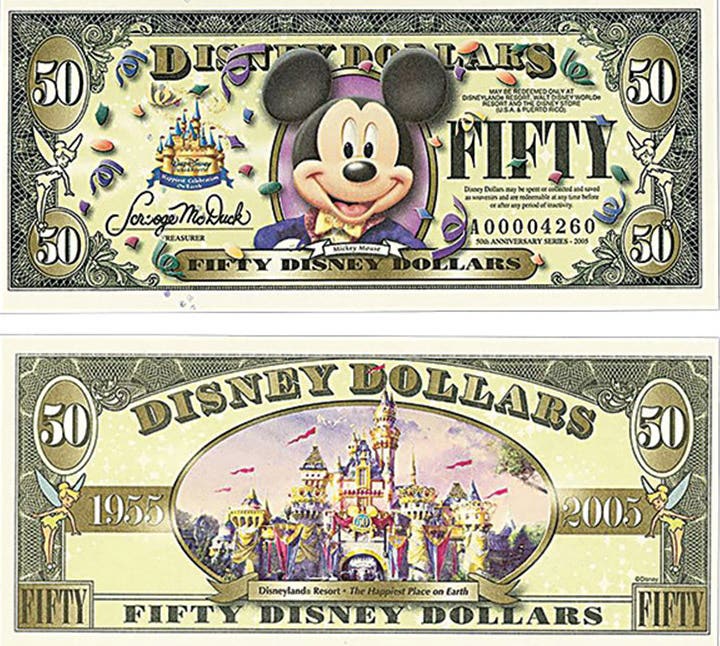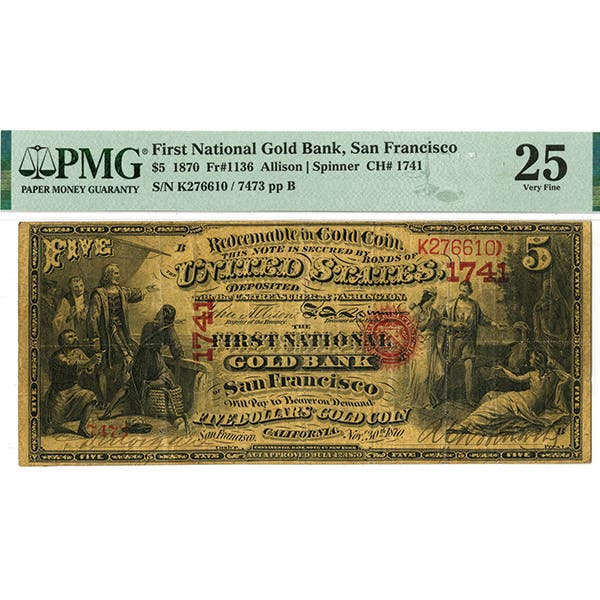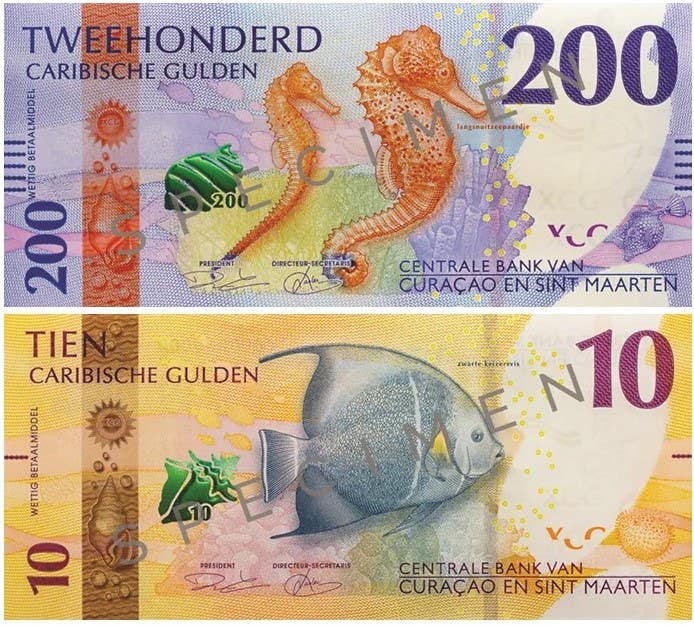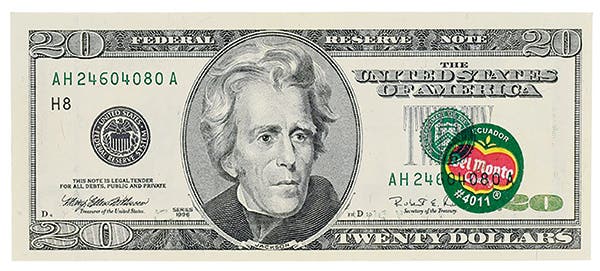Two more wars mean more inscribed notes
By Mark Hotz It appears most of you have enjoyed the past several articles on inscribed currency from my personal collection. The first few have dealt with Civil War-inscribed currency….
By Mark Hotz
It appears most of you have enjoyed the past several articles on inscribed currency from my personal collection. The first few have dealt with Civil War-inscribed currency. This month, we will move forward in history, covering the Spanish-American War and World War I. I hope you will find this article equally enjoyable.
While Civil War-inscribed currency is quite scarce, it is far more plentiful than anything from the Spanish-American War (1898-99). The battles took place in Cuba and the Philippines, and very little survives, other than some pretty cool engraved coins that were recovered from sunken Spanish battleships.
However, some years back I was fortunate to pick up something that related nicely to the Spanish-American War. It is a Series of 1896 $1 Silver Certificate (Educational type). Although in pretty nice grade, it had some margin chips and writing on the face, and the dealer who had it didn’t think much of it value-wise. I found it quite appealing. On the face of the note, written vertically, is the following:
“The first Dollar Paid to the 8th Regt. O.V.I. at Wooster, O. Mustered Out, Nov. 21/98.”
The history of the 8th Ohio Volunteer Infantry was easy enough to locate through Internet sources. The regiment was mustered into U.S. service at Camp Bushnell, Columbus, Ohio, March 13, 1898, commanded by Col. Curtis V. Hard. Together with the 6th Massachusetts V.I., the 8th left Newport News, Va. for Cuba aboard the U.S.S. Yale on July 5, arriving in Cuba on the 10. The 8th Ohio then joined other American units surrounding the city of Santiago de Cuba. After a land and sea assault, the city surrendered on July 17, 1898. The 8th Ohio departed Santiago on Aug. 16, arriving at Montauk Point, N.Y. on Aug. 24. The regiment returned to Ohio and was mustered out on.
The first dollar paid out to the regiment on its mustering out and pay day is a very poignant reminder of the service of the valiant 8th Ohio Volunteer Infantry (known as McKinley’s Own) in the Battle of Santiago, Cuba.
Inscribed notes from the American involvement in World War I are also fairly scarce. One reason is that $1 was a lot of money at the time, and many of what inscribed notes may have existed eventually were spent. Another is that the United States entered World War I fairly late; the first American troops landed in France at the end of June 1917, and the war ended on Nov. 11, 1918.
I have found a few interesting ones over the years, and will present them to you now. The inscribed notes are all Series of 1899 $1 Silver Certificates (Black Eagle). The first one is unnamed, but records the soldier’s postings during the war. It is inscribed as follows: “Fool Sector – Lucey Front / Beaumont Seicheprey Operations Aug. 7-8. / Flirey / ST MIHIEL SEPT 12, 1918 / VERDUN ARGONNE- MEUS E Offensive / Nov. 1, 1918 / Beauclair & Beaufort Battle Nov. 3-4.”
Based on these actions, it would appear that the soldier who inscribed the note was part of the 353rd Infantry Regiment, 89th Division, which came under German gas attack at Beaumont-Seicheprey on the Aug. 7-8 and was at Beauclair-Beaufort on the days mentioned.
Another note was preserved because it was the first pay received by a U.S. soldier in France. It is inscribed as follows: “Pay for first days service in U.S. Army Sept. 19, 1918 Received Nov. 11, 1918. Harry Warren Myers.”
I have not been able to trace Harry Warren Myers, but I am sure he could be located through ancestry.com, of which I am not a member.
Another Black Eagle is inscribed on the back as follows: “CARRIED THROUGH THE FIRST WORLD WAR BY PVT. EUGENE IMSWILER / 313 FIELD ART BAT. D AEF.”
This note was inscribed by Eugene Imswiler after the war. I know this because he referred to the war as the “first” world war, and also because the inscription is in ballpoint pen. I gather he did this when he gave the note to a son or grandson. If any readers have access to the records of the 313th Field Artillery Regiment, Battery D, I would appreciate any further information on Imswiler.
The next note I located in a coin shop in Norfolk, Va. It has a nice poignant inscription, so I added it to my collection. It is the only note that is inscribed on both sides, so I have included photos of both sides of the note. On the front, it is written: “Central Officers Training School, Camp Gordon, Ga” Thomas C. Evans, Oct. 7, 1918.”
On the back of the note, Lieut. Evans has inscribed the following: “To My Son – Thomas Tyler Evans – From Your Daddy. This is the First Dollar Received by me as a soldier of the U.S. Enlisted in the World War. Central Officers Training School, Oct. 7 -1918. CAMP GORDON, GA.”
Fort Gordon, formerly known as Camp Gordon, is a U.S. Army installation established in 1917. It is the current home of the U.S. Army Signal Corps and Cyber Center of Excellence and was once the home of The Provost Marshal General School. The fort is located next to Augusta, Ga. to the southwest of the city. The main component of the post is the Advanced Individual Training for Signal Corps military occupational specialties.
Georgia established many war-training camps during World War I. Chamblee, northeast of Atlanta, was selected for one of the state’s largest army cantonments. It was named Camp Gordon in honor of John Brown Gordon, who was a major general in the Confederate army, a Georgia governor, a U.S. senator, and a businessman.
The camp opened in July 1917, becoming a training site and home of the famous 82nd Airborne Division. The division was composed of men from several different states, but men from Georgia made up almost half its number.
The next note is a French note, a five-franc note issue dated Dec. 20, 1916. Written on the back a rather poignant inscription which must have been typical of American soldiers there: “Corporal W. Clifford Brooks, Co. G., 109 US Inf. A.E.F. Somewhere in France / August 23, 1918.”
Again, if any of my readers can provide me with more information on Corp. Brooks, I would be ever so grateful. Please contact me at the email provided at the end of this article.
The following Black Eagle Silver Certificate contains a short but very moving inscription. Although unsigned, it commemorates what all of the soldiers involved in the Great War must have been awaiting, the end of the fighting. Inscribed in careful hand is the following:
“Armistice signed 11-11-1918 at 5:40 A.M. / Hostilities ceased At 11:00 A.M.”
The last note is inscribed on a Series of 1907 Legal Tender (Woodchopper) note. The war had ended, and a member of the 89th Division (presumably) was in rest camp well south of the armistice lines.
“Corp’l. F.L.C. / Charmes La Cote FRANCE / 12/21/18.”
Charmes-la-Cote is a small town in the Meurthe-et-Moselle Department in west central France, due south of Beaumont (see above) and east of Nancy, near the Moselle River.
I hope you have enjoyed these tidbits of history inscribed on currency. While we all like to think about where our old bank notes have been, inscribed notes such as these can tell you exactly what you want to know about where the note has been at some point in its life, and often on a particular day. You can’t get better primary source history than that.
Readers may address questions or comments about this article to Mark Hotz directly by email at markbhotz@aol.com.
This article was originally printed in Bank Note Reporter. >> Subscribe today.
More Collecting Resources
• Order the Standard Catalog of World Paper Money, General Issues to learn about circulating paper money from 14th century China to the mid 20th century.
• When it comes to specialized world paper money issues, nothing can top the Standard Catalog of World Paper Money, Specialized Issues .




